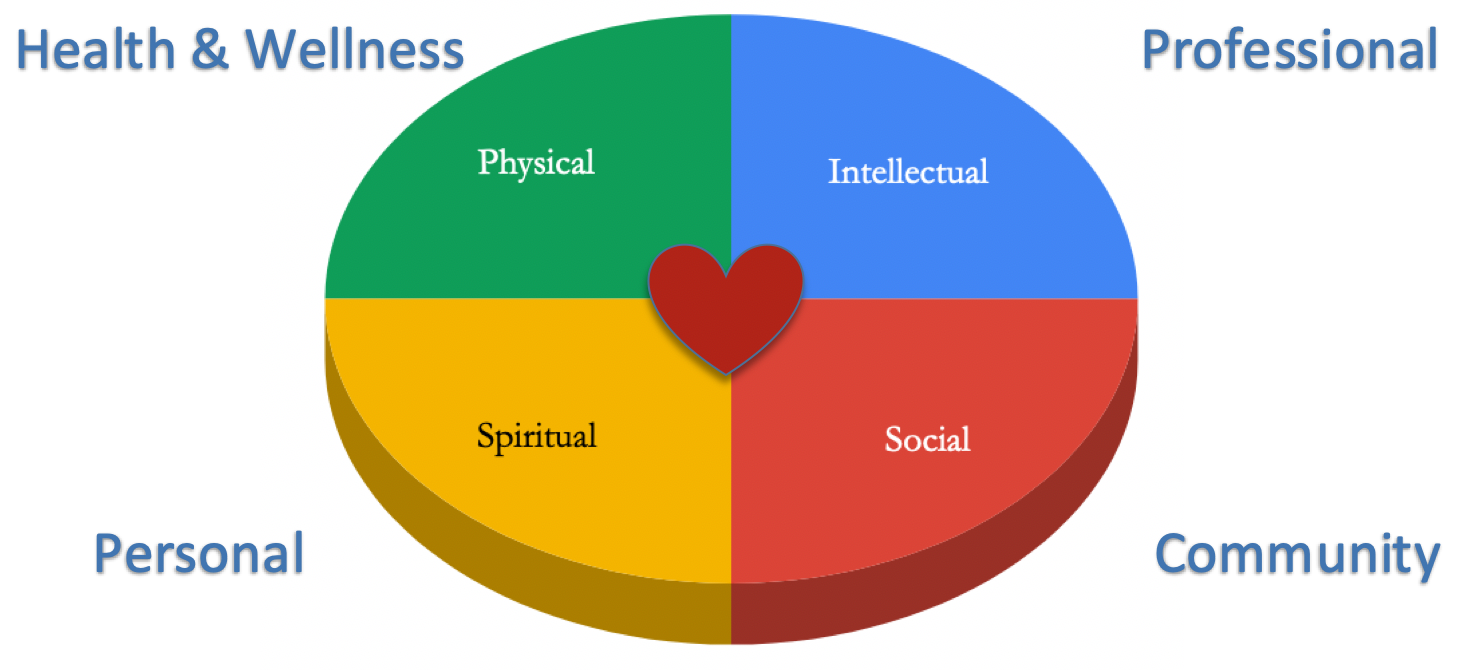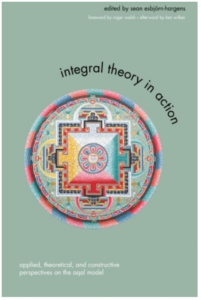Applying the four frames model of leadership will help you find balance in your life.
Take a moment to reflect quickly on these three questions:
- How do you define “balance” for yourself?
- Would you say that you are balanced?
- Are your teachers balanced?
It is very likely that many of you thought of a description between the time you spend at work and the time you spend at home or “your place to recharge.” Even more possible, many of you do not see yourself as balanced at all.
Contents
How to stay balanced?
As I spend more and more time with leaders and teachers, I have come to realize and personally believe that defining individual balance is the roadmap for helping each one of us know what and where we need to lend attention to in order to gain a sense of balance in our life, and most importantly, not feel like work is completely taking over.
Let me elaborate a bit more, chances are work is all-consuming during the day and possibly some weekends; having said that let’s agree to say work is part of your identity – who you are to yourself and how others see you. But here’s a meta-question for you: who else are you to yourself and others? Outside of work, what else makes your identity?
I have spent many years shadowing, studying, and to some extent researching “whole-ness” of successful individuals and leaders across various industries. One thing I can truly say about successful leaders and people I have come across is: they have defined and established their “personal balance” which allows them to keep focused, engaged, and excited with all aspects of life. This is something I intentionally work towards as an individual and as a coach to others.
This is also why I share with you the following graphic of 4 frames- for you to reference and keep a balanced self in this hard work you and your teachers are leading.

The four frames model of leadership
This 4 frame model is inspired by various indigenous “way of life” systems.
One is the Medicine Wheel. If you want to dig deeper into the psychosocial relationship of external systems and internal systems I highly recommend the book Consciousness-In-Action by Dr. Raúl Quiñones Rosado. In short, both of these resources stamp the importance of a framework in which there is a process of continuous investment towards establishing a sense of “human well-being.” This framework ensures dichotomous thinking and perspective do not dominate our way of life in a way in which we see balance only defined as “being at work and being out of work.”
After all, there is so much more to each of us. And this 4 frame model is a process for honoring who you are as an individual as well as a guide you to feel a better sense of balance. Easy huh?
Well, the reality is “wholeness” or “balance” looks different for everyone. So, it really isn’t that easy. However, the good news is that with some intentional reflection and planning, each one of us can establish a clearer identity of “self-balanced” as well as how to purposefully live it. Below, I have provided some examples of what makes up each frame.
It is not all encompassing and there are still many more layers to uncover; nevertheless, the table below is a a place for you to start thinking about how you keep a “balanced-self.”
| Frame 1 | Frame 2 | Frame 3 | Frame 4 |
| Spiritual | Intellectual | Physical | Social |
| Personal | Professional | Health and Wellness | Community |
| The space you create to invest in yourself as a person | The space you create to invest in growing your skills and knowledge | The space you create to keep a sense of healthy-ness | The space you create to connect with people around you |
Examples:
|
Examples:
|
Examples:
|
Examples:
|
Moment of truth
There are different times of the school year or life when you may have to give more time to one frame over another.
THAT IS OKAY!
The most important thing to consider is that you do not lose sight of keeping a sense of balance in some way. The goal here is to establish an identity that honors you as a “whole person.”
During some weeks, I personally have to look at my social frame investments from a monthly calendar view. As much as I would like to spend time with my nephews and family members weekly, it isn’t always possible. But for me, knowing that I have at least locked some time during the month keeps me focused, energetic, and engaged with all other aspects of my life.
Especially since I know my investment in other frames helps me keep a sense of balance across all four.
In short, I get a sense of balance.
Final thoughts on the four frames model of leadership
School leadership is about serving as the first model, first teacher, and first example for others.
Before we can lead others to excellence, we need to make sure we are leading ourselves to excellence and are balanced. Excellence and balance are different for everyone. However, when someone does not have balance in their life, it shows in other aspects of the 4 frame model. This is what we personally want to avoid and should also help others avoid.
Two additional resources I recommend for review If you are interested in learning more are:
Towards a Psychology of Being and Integral Theory in Action.
 |
 |
Are you ready to take these ideas to your leadership team?
Effective leaders ensure their team members work towards balance by:
1) developing a personal definition of what balance means to them
2) ensuring calendars align and honor team members’ commitments to balance (when possible)
3) establishing an accountability mechanism to check in on each team members journey for balance
4) serving as the first model for establishing a “balanced self”




